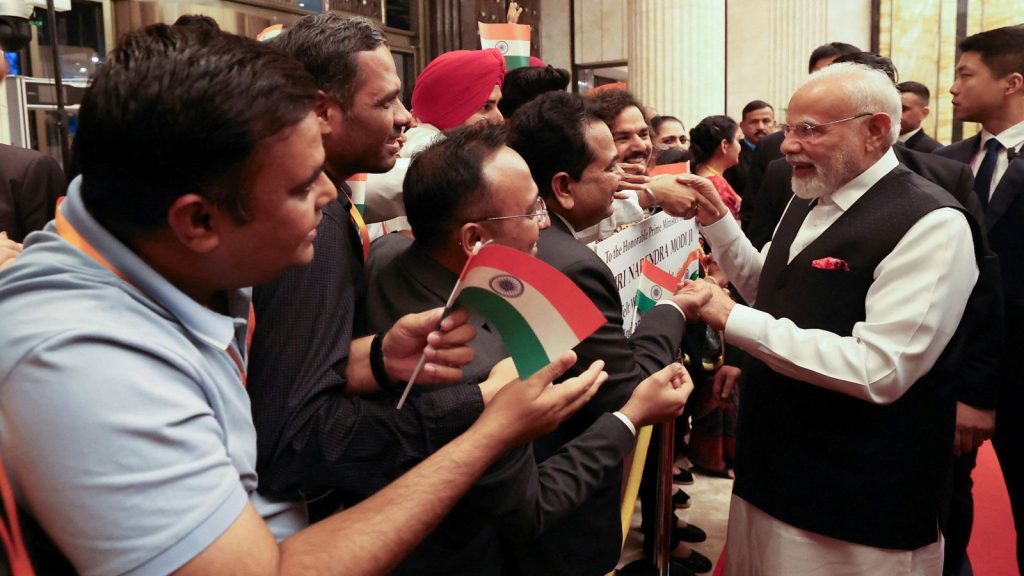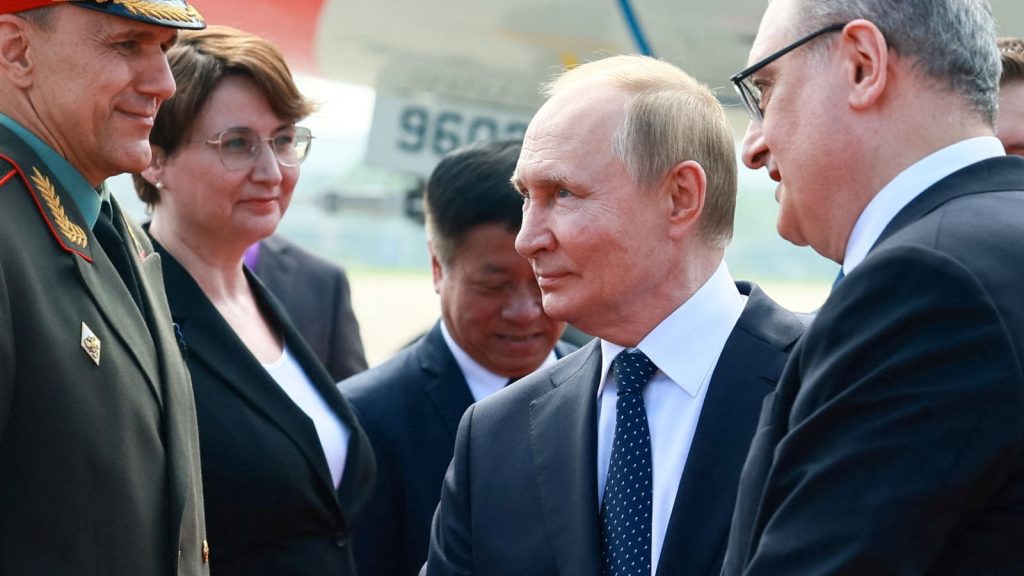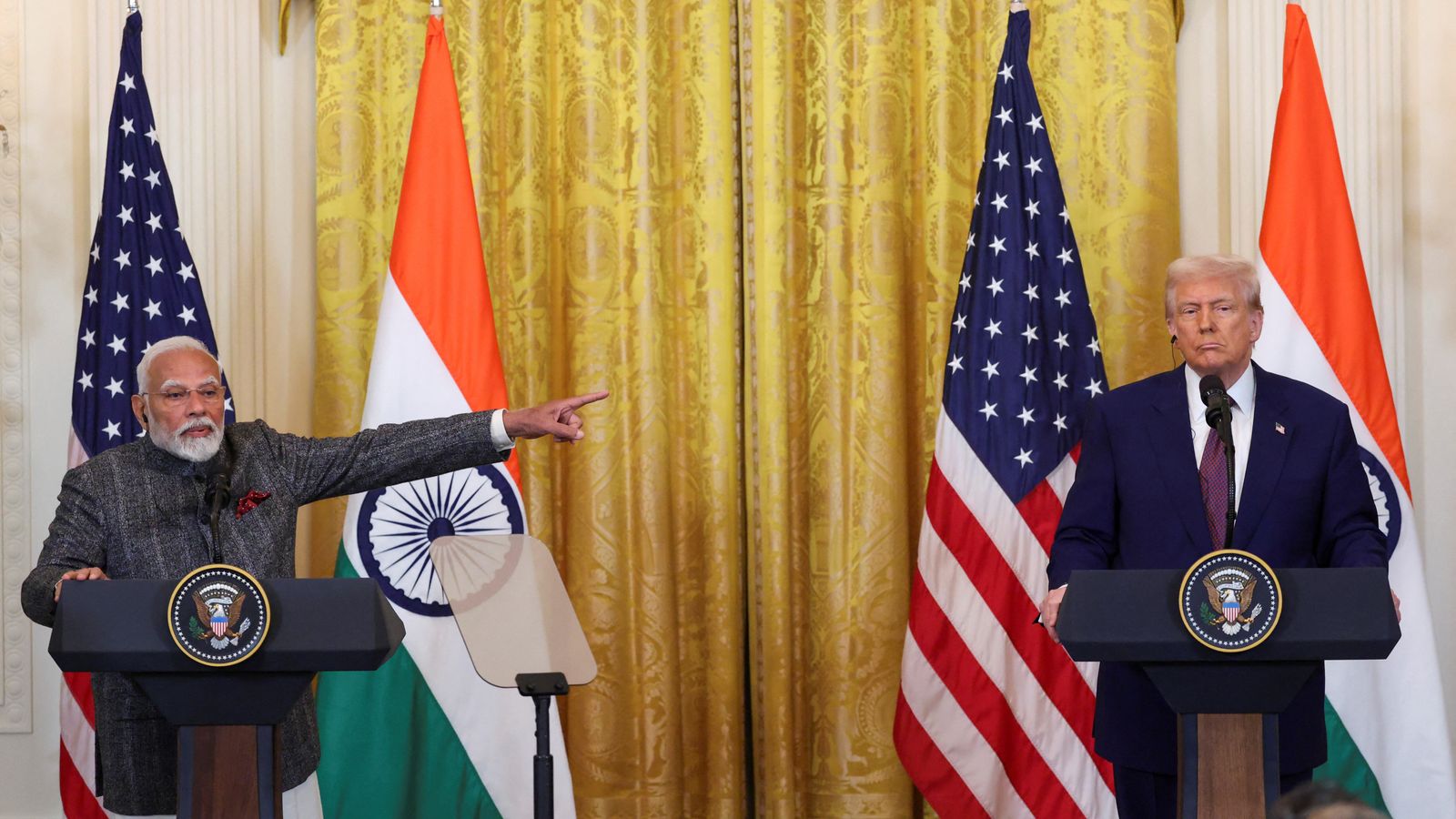The much-celebrated camaraderie between Donald Trump and Indian Prime Minister Narendra Modi, once symbolized by the grand spectacles of “Howdy Modi” in Houston and “Namaste Trump” in Ahmedabad, has soured dramatically. Modi, who has long cultivated his image as a global statesman embraced by world leaders, now faces public humiliation at the hands of the very U.S. president he once called a “true friend.”
The rupture began in May, following a brief flare-up between India and Pakistan. Trump preemptively declared on social media that he had singlehandedly brokered a ceasefire—before either nation’s leadership confirmed one. Pakistan’s Prime Minister Shehbaz Sharif swiftly endorsed Trump’s claim, even floating his name for a Nobel Peace Prize, while India dismissed the intervention, crediting its own military instead. Yet Trump has since repeated his “peacemaker” narrative dozens of times, even dangling the idea of mediating on Kashmir—an issue India treats as untouchable for foreign actors.

Tensions escalated further when Washington slapped an additional 25% tariff on Indian crude imports from Russia, bringing duties to a punishing 50%. The U.S. justified the move as a national security measure linked to Moscow’s war in Ukraine. Trump’s adviser Peter Navarro went further, framing the conflict as “Modi’s war” and accusing India of becoming a “refining hub and money-laundering machine” for Russian oil. Curiously, China—by far the biggest buyer of Russian crude—has been spared such penalties.
India, which sourced just 3% of its oil from Russia in 2021 but now relies on Moscow for roughly 40% of its imports, defends the purchases as a matter of energy security. Modi’s government has even revived the rhetoric of swadeshi (self-reliance) to justify hedging against U.S. pressure.
Faced with Trump’s unpredictable diplomacy and punitive economics, New Delhi is recalibrating its foreign policy. Ahead of the Shanghai Cooperation Organisation summit, Modi has re-engaged with both China and Russia. His visit to Beijing—the first in seven years and since the deadly 2020 border clashes—signals a cautious thaw. Xi Jinping called for “deepening mutual trust” and framing ties in terms of cooperation rather than rivalry, while Modi stressed “strategic autonomy” and the need to resist viewing Sino-Indian relations through a “third-country lens.”

India’s historical ties with Russia, especially in defense, remain significant: Moscow supplied nearly two-thirds of India’s arms imports in the last two decades. Although India is diversifying its military purchases with Western suppliers, structural and technological constraints make a full shift slow and politically costly.
What remains uncertain is how Washington will react. For three decades, U.S. policy has sought to nurture India as a counterweight to China. Trump’s confrontational approach now risks undoing that careful diplomacy—pushing New Delhi closer to Moscow and Beijing at a time when the U.S. can least afford it.



